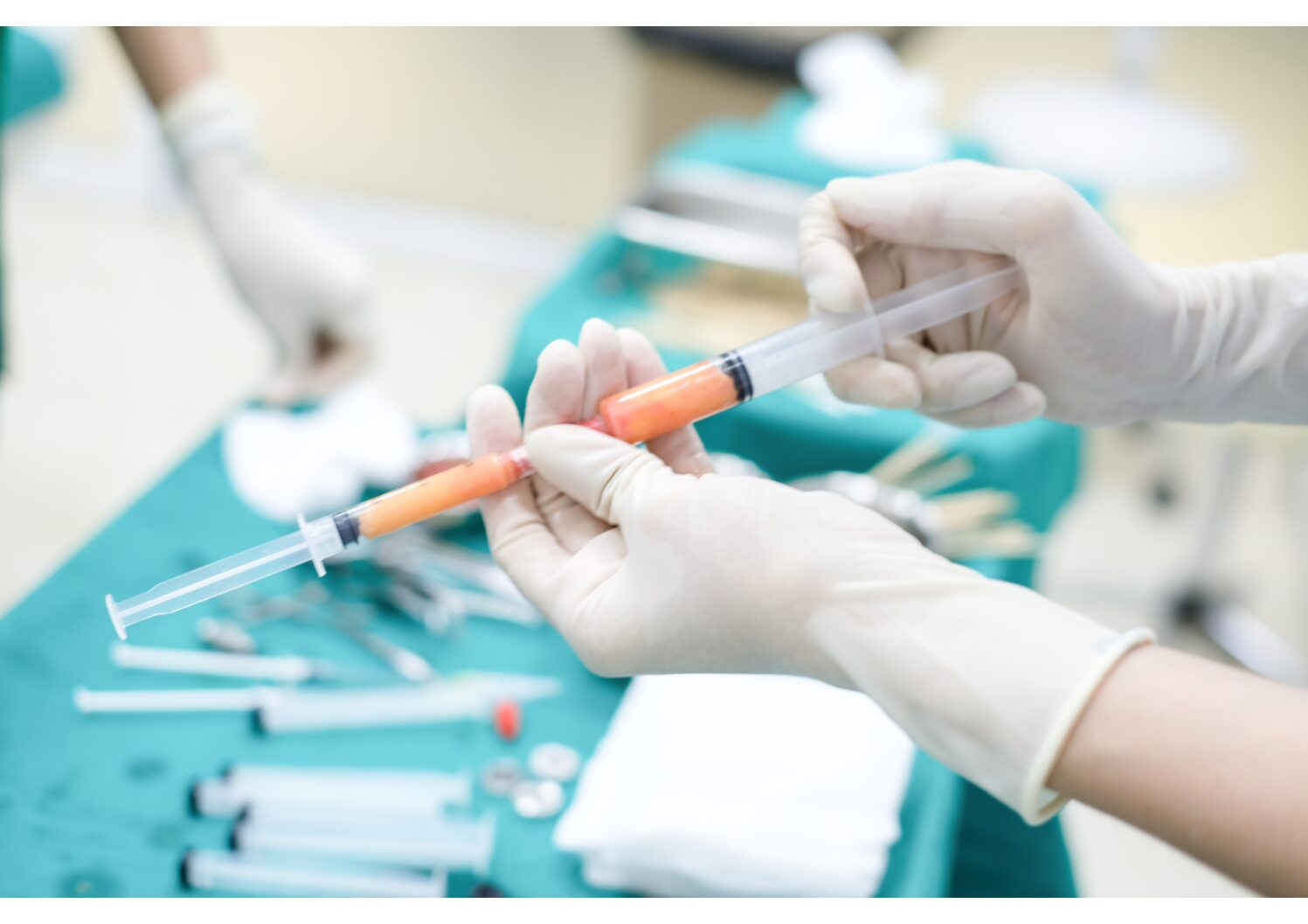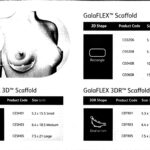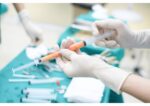Fat transfer to breasts (Autologous Fat Transfer) for Breasts Augmentation and Asymmetry Correction.
Fat transfer to the breasts, also called autologous fat grafting, is a natural alternative to breast implants. Here are some reasons why people choose it:
- Natural Look and Feel
Since the procedure uses your own fat, the results tend to be softer and more natural compared to implants. There’s no risk of rippling or unnatural firmness.
- Dual Benefit – Body Contouring & Breast Enhancement
Fat is typically harvested from areas like the abdomen, thighs, or flanks, so you get the added benefit of liposuction in those areas while enhancing your breasts.
- No Foreign Implants
Some people prefer to avoid silicone or saline implants due to concerns about rupture, leakage, or the need for future replacement surgeries.
- Minimal Scarring
Unlike implants, which require larger incisions, fat transfer involves small injections, leaving minimal to no visible scars.
- Lower Risk of Complications
There’s no risk of capsular contracture (hardening around an implant), implant rupture, or rejection since the procedure uses your own fat.
- More Subtle and Customizable Results
Fat transfer is best for those who want a moderate increase (usually 1 cup size or less). It allows for precise sculpting and subtle enhancement.
- Long-Lasting, Natural Results
While some of the transferred fat gets reabsorbed (typically around 40-60%), the remaining fat integrates with your breast tissue and lasts permanently.
Who is a Good Candidate?
- Someone looking for a modest increase in breast size
- Has enough fat in other areas for harvesting
- Prefers a natural alternative to implants
- Is in good health and has realistic expectation
Fat Transfer to Breasts: Procedure, Recovery, and Risks
- Procedure Overview
Fat transfer to the breasts is a three-step process:
✅ Liposuction – Fat is harvested from areas like the abdomen, thighs, or flanks using a small cannula.
✅ Purification – The extracted fat is processed to remove excess fluids, oils, and damaged cells.
✅ Injection – The purified fat is carefully injected into the breasts using multiple small syringes to ensure even distribution and natural results.
The entire procedure is typically done under local anaesthesia with sedation or general anaesthesia and takes about 2–4 hours.
- Recovery Timeline
Most people recover quickly with minimal discomfort. Here’s a general timeline:
🩹 First Few Days – Swelling, bruising, and mild soreness in both the liposuction and breast areas. Pain is usually manageable with prescribed or over-the-counter medications.
🚶 1 Week – Most people can return to work and light activities. You’ll need to wear a compression garment on liposuction areas to help with swelling.
🏋️ 4-6 Weeks – Swelling gradually subsides, and fat cells stabilize. Avoid high-impact workouts or putting pressure on the breasts.
⌛ 3-6 Months – Final results are visible as swelling fully resolves and fat integrates into the breast tissue.
- Risks and Considerations
While fat transfer is considered safe, it does have some risks:
🔹 Fat Absorption – About 40-60% of the transferred fat may be reabsorbed, which could lead to uneven results. A second session may be needed for more volume.
🔹 Lumps or Cysts – Some fat cells may not survive, leading to small lumps, calcifications, or oil cysts. These are usually harmless but may show up on mammograms.
🔹 Infection or Irregularities – As with any procedure, there’s a small risk of infection, asymmetry, or irregularities in the fat placement.
🔹 Need for More Than One Session – If a patient wants significant volume increase (more than 1 cup size), multiple fat grafting sessions may be required.
- Who is a Good Candidate?
✔️ Wants a natural enhancement instead of implants
✔️ Has enough fat to harvest for transfer
✔️ Is in good health (non-smoker, stable weight)
✔️ Understands that results are subtle and gradual
- Clinical Safety and Oncological Considerations
- A literature review published in Breast Cancer Research and Treatment examined the clinical safety of autologous fat grafting in breast surgery. The study concluded that while the procedure appears clinically safe, experimental studies suggest a potential increase in recurrence rates, highlighting the need for further research. PMC
- Volume Retention and Patient Satisfaction
- A study in the Aesthetic Surgery Journal reviewed outcomes following large-volume autologous fat grafting for breast augmentation and reconstruction. The findings indicated that the procedure is effective, with high patient satisfaction and acceptable complication rates. OUP Academic
- Another study published in The American Journal of Cosmetic Surgery reported an increase in fat graft retention rates from approximately 30% to nearly 80% over a 10-year period, suggesting improvements in technique and outcomes. Sage Journals
- Quality of Life Improvements
- A randomized clinical trial featured in JAMA Surgery compared autologous fat transfer (AFT) with implant-based reconstruction (IBR). The study found that patients in the AFT group experienced higher quality of life scores over time compared to those in the IBR group. JAMA Network
- Injection Techniques and Clinical Outcomes
- Research published in Frontiers in Surgery evaluated the clinical outcomes of fat grafting into different injection planes for breast augmentation. The study aimed to determine the optimal anatomical plane for fat grafting to enhance efficacy and safety. Frontiers+1ScienceDirect+1
- Complication Rates and Volume Gain
- A systematic review in the Journal of Plastic, Reconstructive & Aesthetic Surgery analysed the efficacy, safety, and complications of autologous fat grafting to the breast. The review reported that 6% of patients experienced major complications requiring surgical intervention or hospitalization, with average breast volume gains ranging from 55% to 82% relative to the grafted fat volume. JPRAS










